How to make an old home more energy efficient

What comes to mind when you think of an older home?
Established communities, great sized rooms and period features? Or maybe you’re dwelling on the potential lack of parking space and poor energy efficiency?
Living in an older home is very different to living in a modern one and you may need to adjust your expectations slightly. But if you’re concerned about the efficiency of an older building, you should know there are plenty of steps you can take to improve this.
And while the period of your home affects its character, whether it’s a Victorian terrace or an Edwardian semi makes less difference to the energy improvement work you can carry out.
British homes tend to fall into four categories, which Andy Sutton, Director of Design & Innovation at Sero Homes has outlined below:
- Pre-1919
- Interwar
- Post war to the end of the century
- Around the millennium onwards
These aren’t precise breaks, since building methods didn’t change overnight, but they’re a good starter.
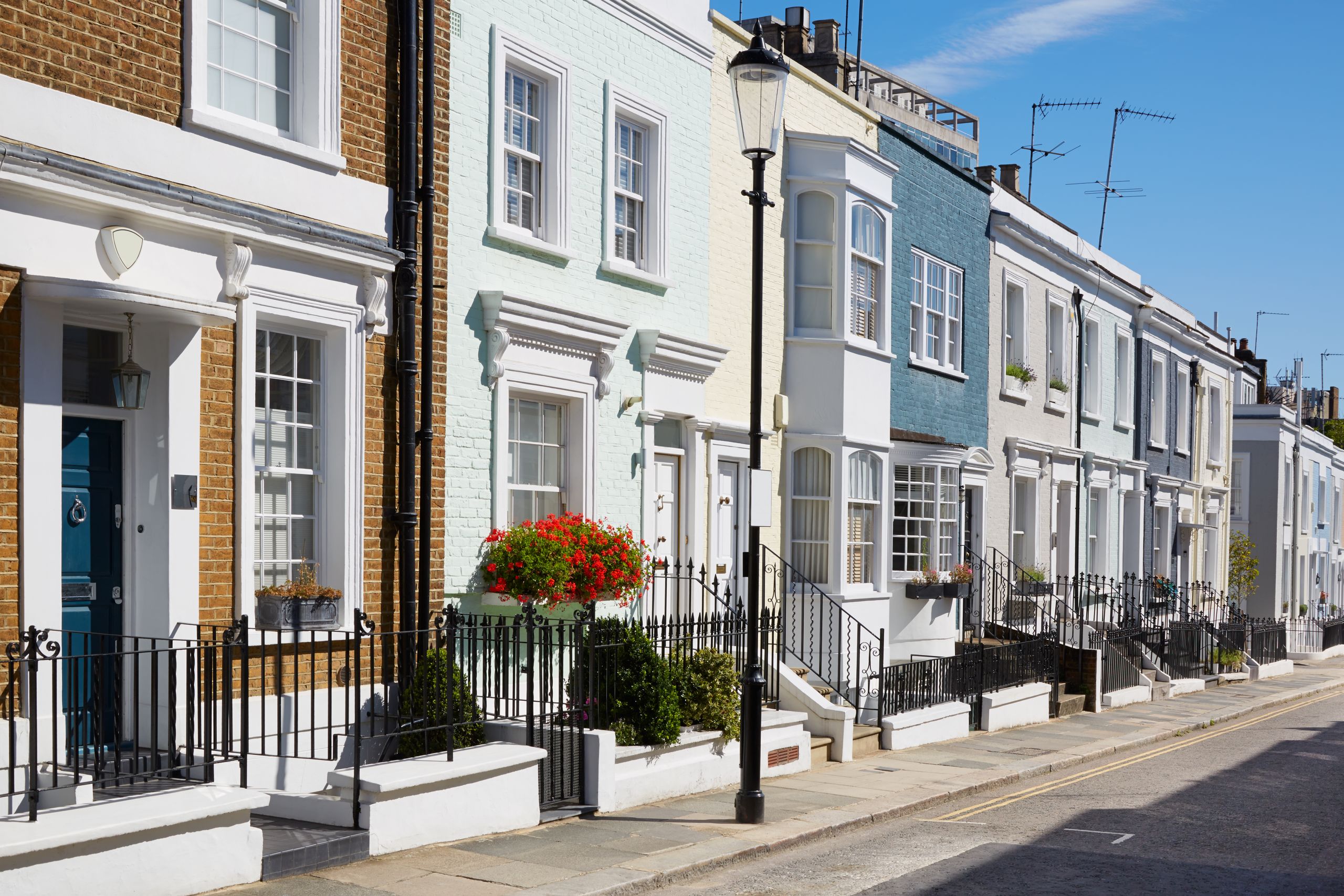
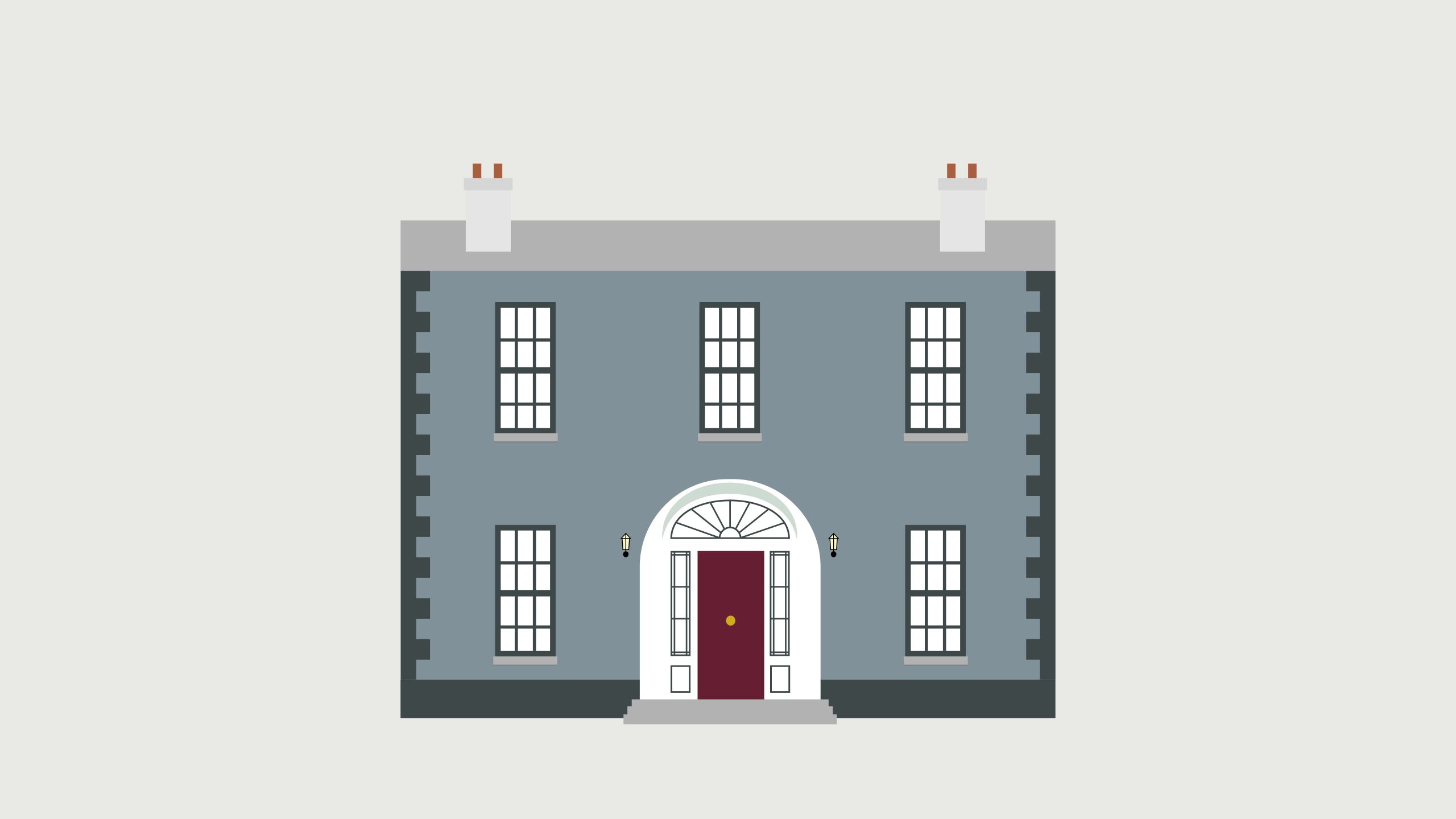
Pre-1919
These homes are often solid wall constructions – meaning the walls are solid throughout – and are generally made of materials that ‘breathe’.
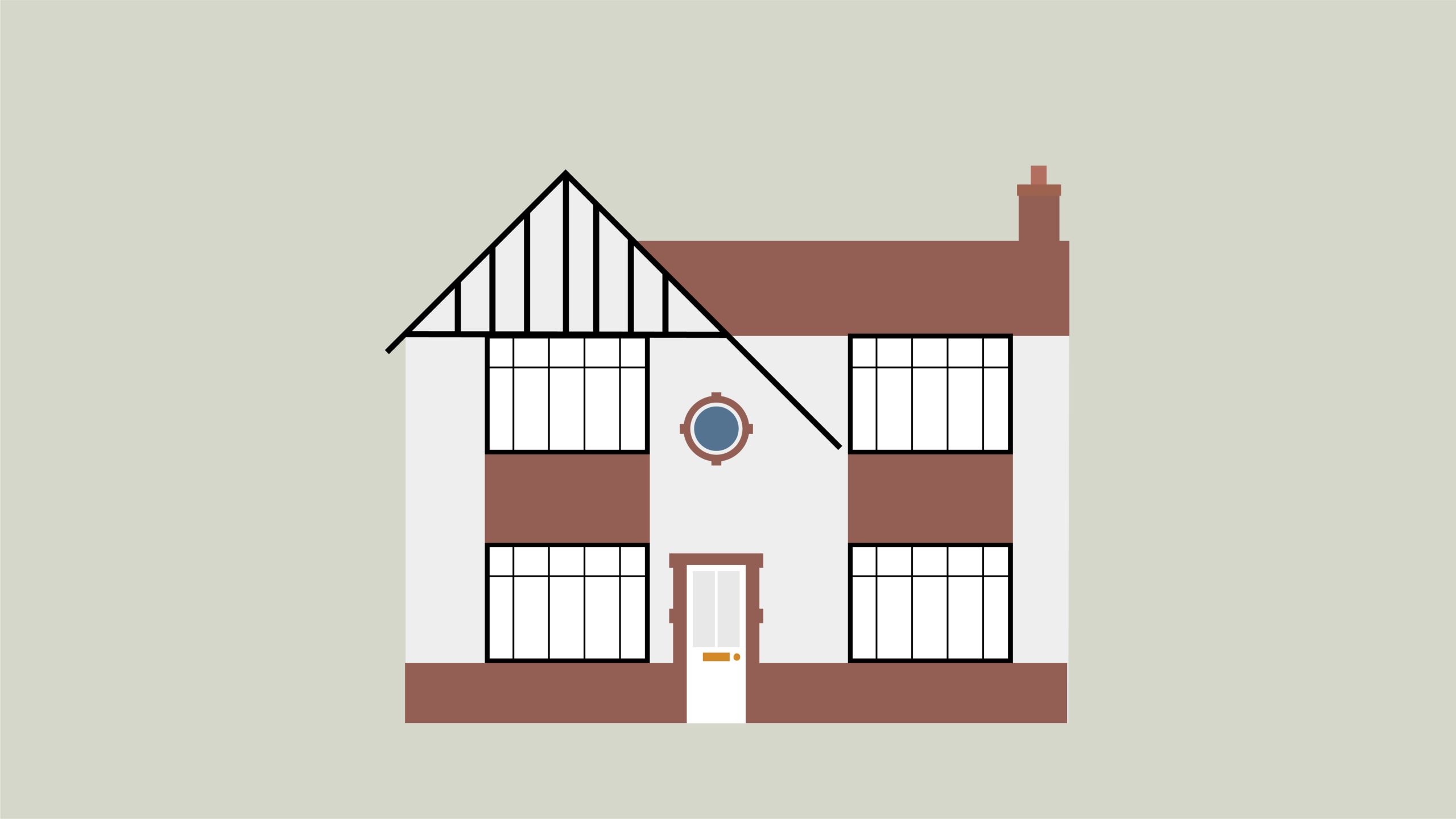
Interwar
These homes typically have cavity walls – that’s two leaves of wall with a gap between. The homes built in these years can be some of the best we’ve ever built.

Post-war to the end of the century
This building period starts with experimentation to solve the housing problems after World War Two and ends with the dominance of the big house builders. There’s more variety in types of construction and, sadly, often worse build quality.

Homes from the millennium
Strictly speaking, we’re actually looking at homes built a little after the millennium, but at this time steps were made towards reducing energy consumption. Timber frames were used more frequently but unfortunately there wasn’t much improvement in build quality.
Regardless of the age of the home you live in, there are several things you can do to help reduce your energy consumption. We’ve worked with Andy Sutton and Aiden Johnson-Hugill, Director of Grenadier, a sustainable property development company, to find out where you should start.
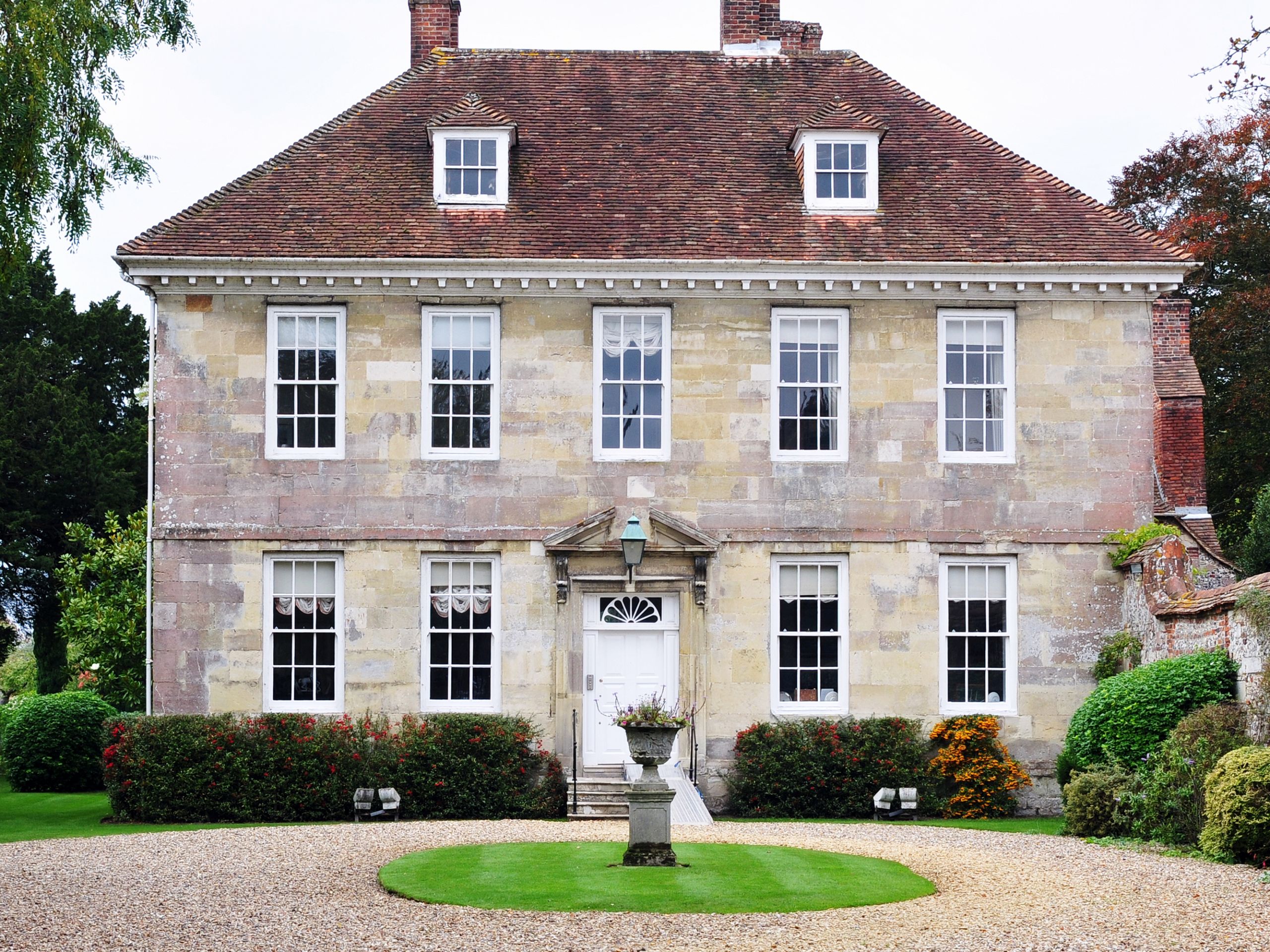
Check the heating system
Assuming you’ve got radiators, there are a couple of ways you can improve the energy efficiency of your heating. Firstly, check the radiators when the heating is switched on.
- Are they colder at the top? If so, they might need bleeding
- Are they colder at the bottom? If so, the system might need flushing
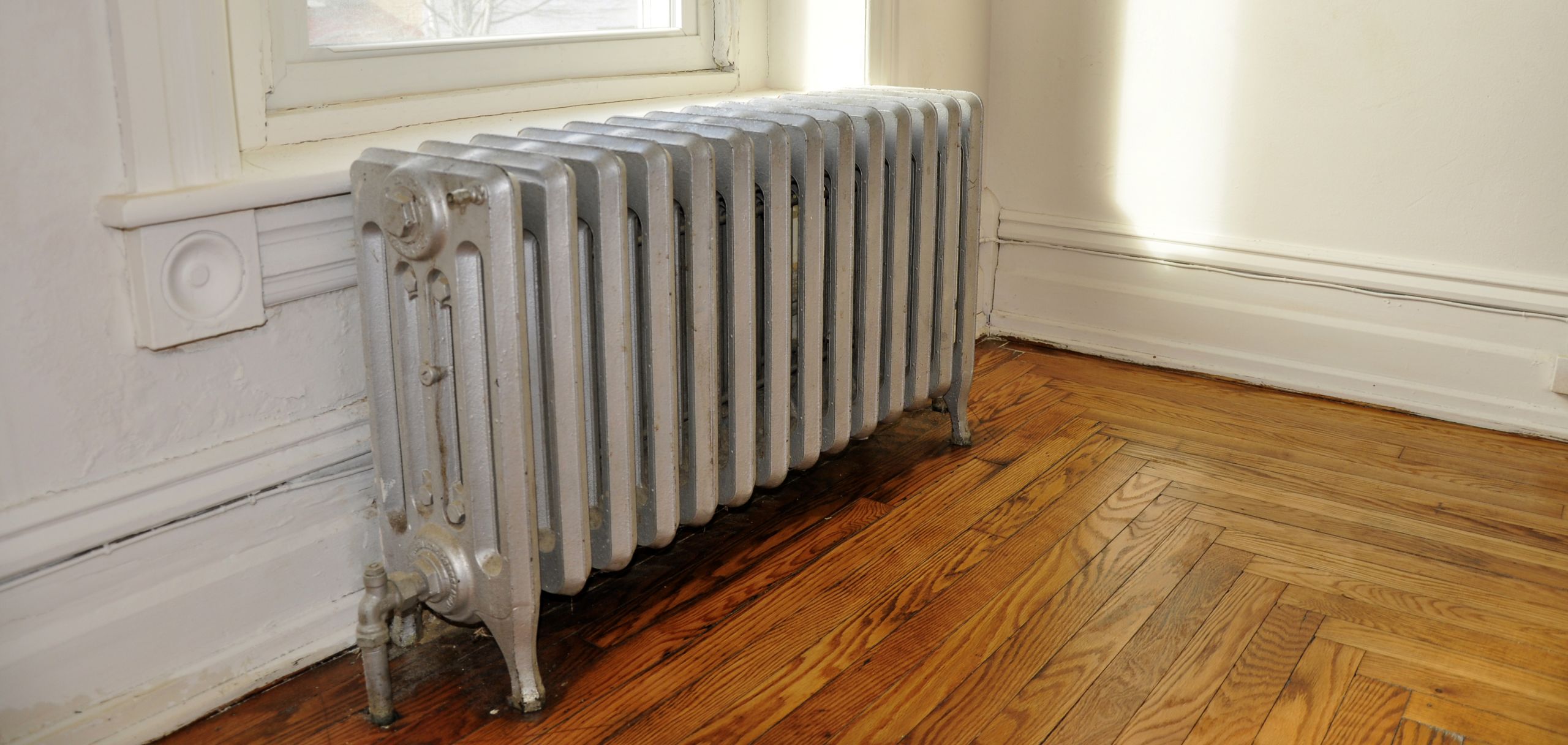
You should also make sure your boiler has been serviced recently. If the boiler is more than 10 years old, it’s worth thinking about a new heat source. If you’re doing that, consider if you can fit in any heat storage, and whether you should move away from gas powered heating.
Tackle draughts
Unintended cracks and gaps can cause draughts in homes of any age. Aiden commented: “Working out where to make your home more energy efficient can be as simple as using your common sense: can you feel warm air escaping anywhere or cold air getting in where it shouldn’t?”
Don’t confuse draughts with ventilation (such as fans or the little vents in your window frames) – draughts are unintentional and not part of how your house was designed to work. Letter boxes and sash windows are both famous for draughts, so well-made snug fittings are what you need.
“If you feel a draught, work out where it’s coming from,” Aiden said. “If your door opens straight into the front room, consider using a draught excluder, and fit them to your windows too. They’re a great cost-effective way of preserving heat and excluding draughts.”
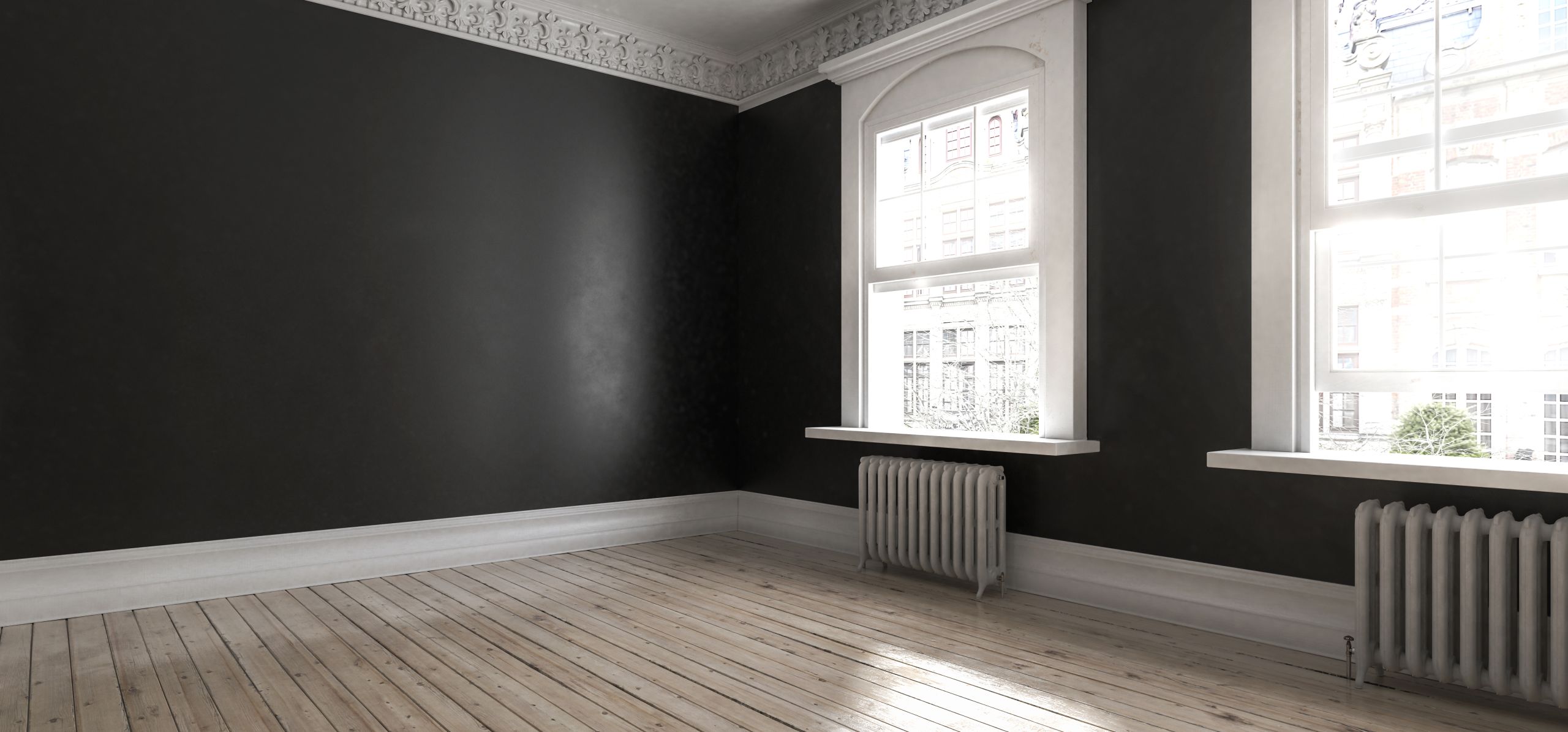
It’s best to use seals and foam tapes designed specifically for this purpose – these will perform better and last longer than simple filler or tapes.
If you’re unsure whether the draught is intended and not accidental, don’t seal it: lack of ventilation does more harm to buildings and people, so leave it until you can get some advice.
Swap to LED lighting
This is an easy and relatively low-cost place to start when making an old home more energy efficient. LED lighting is bright, long-lasting (LEDs last for an average of 25,000 hours!) and energy efficient as it converts more energy into light instead of heat.

While they can cost a bit more than old-fashioned light fittings, you can now get a real variety of styles, and what you save in electricity will balance the initial cost.
Add loft insulation
The upstairs ceiling is considered the ‘thermal boundary’ of pretty much every home in the UK, and insulation is generally added on top of this. “Loft insulation is one of the cheapest energy saving improvements you can do,” Andy said.

When installing new insulation, you’ll need to make sure the loft space remains ventilated to allow moisture to wick away, so that can mean installing baffles at the eaves. But there’s no reason not to have a good 30-40cm of loft insulation, and you can buy plastic stilts that will still allow you to board out part of the roof space to use as a storage space.
Add smart heating
Adding the right smart heating controls allows you to control the temperature in each room individually, meaning you’re heating less space and naturally using less energy. Smart heating controls can also give better levels of comfort, as they learn how long it takes to warm your home and then adjust according to the weather outside.
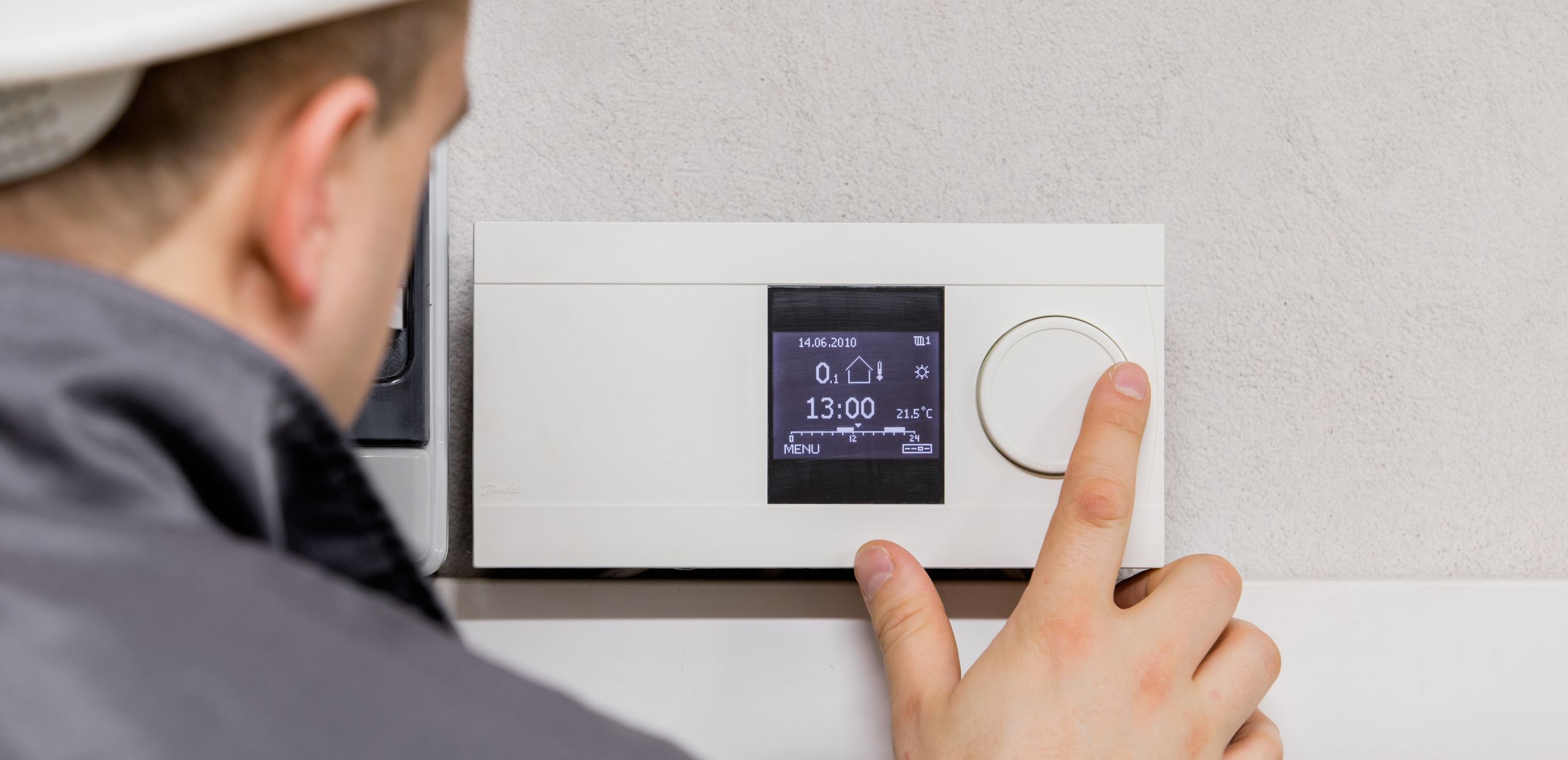
If you’ve done all the above and are looking to go further with your period property, it’s worth considering getting some expert advice. If you do, make sure they’re compliant with the government’s new “Energy Efficient Retrofit” standards PAS2035 (and PAS2030 for installers). This sets out the right approach to make sure you save energy without accidentally causing more problems.
Andy added that, for older properties, many problems arise from ventilation and moisture.

Heat gets carried out on escaping warm air, letting in fresh air (which we need) and carrying out moisture (which we and our home needs). If you’re looking to undertake energy efficiency work on your home, always think about how these factors will be affected.
Andy Sutton
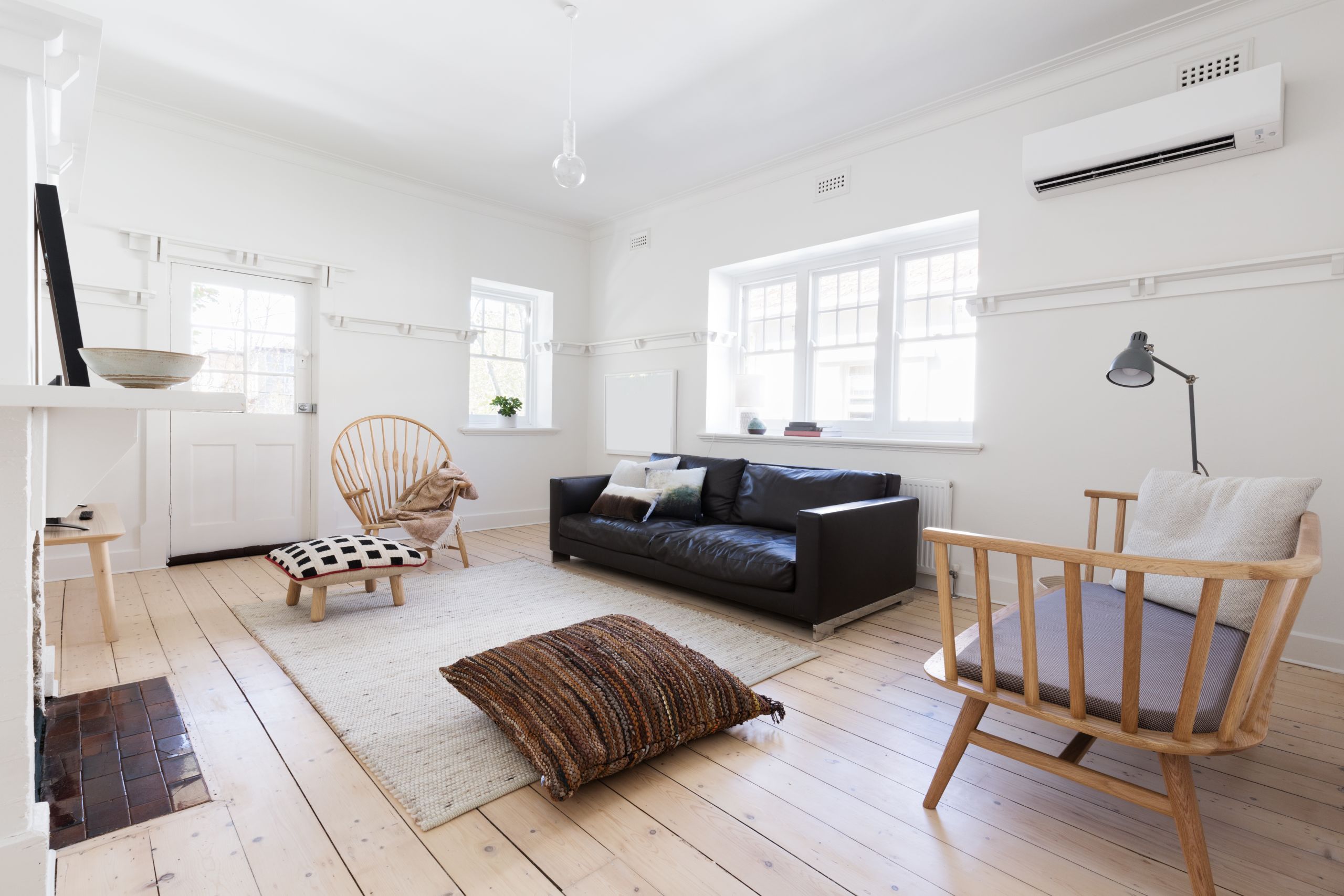
Before and after
@homesbeforeandafter

Block the chimney or install a log burner
There’s no denying fires look cosy and inviting, but as open fireplaces are a big source of heat loss, it’s worth considering switching to a stove. They’re much more efficient and, when not in use, leak a lot less warm air.
If you don’t use a fireplace at all, consider closing it up. However, don’t just block it up inside – this leaves an open hole at the top for the rain and cold air to get in. Over time, you’re likely to have salts leeching from the chimney breast as this tries to escape.
Instead, make sure you cap the chimney at the roof to seal it, ideally insulating or backfilling with a lightweight material to permanently close it off.
Fill gaps between floorboards
A real wooden floor looks great and adds real character to a home. But if you have a suspended floor, gaps between older floorboards can let in draughts – often there will just be bare earth underneath.
Before you rush to tackle the draughts coming through the floorboards, check you have air bricks or similar ventilation routes outside your home (at the front and back) that lead to the underfloor void and that these aren’t obstructed. This space must be ventilated, or the floor joists will rot over time.
If you have the right ventilation, then you can consider fitting insulation and draughtproofing between your floorboards. Insulation is the bigger job as you’ll need to lift floorboards to install it tight to the underside of the timber. It’s quicker and easier to stop the draughts – use a suitable product with plenty of flex to cope with how floorboards expand and shrink.
Fit new or secondary glazing and external doors
We’ve already talked about draughty window frames, but the windows themselves can also be made more energy efficient. Modern homes are fitted with double glazed windows, but some older homes still have single-pane windows.
Even if you have double glazing, newer systems are more efficient and old windows can degrade over time, so it’s worth considering replacement. Make sure you get advice about the level of ventilation required and ask for the best thermal performance you can afford.
To make your windows more efficient while keeping the original fittings, think about installing secondary glazing (a removable panel that turns single-glazed windows into double). If you do this, be careful you don’t also block off any necessary ventilation.
Another quick fix that Aiden says shouldn’t be underestimated is changing your curtains.
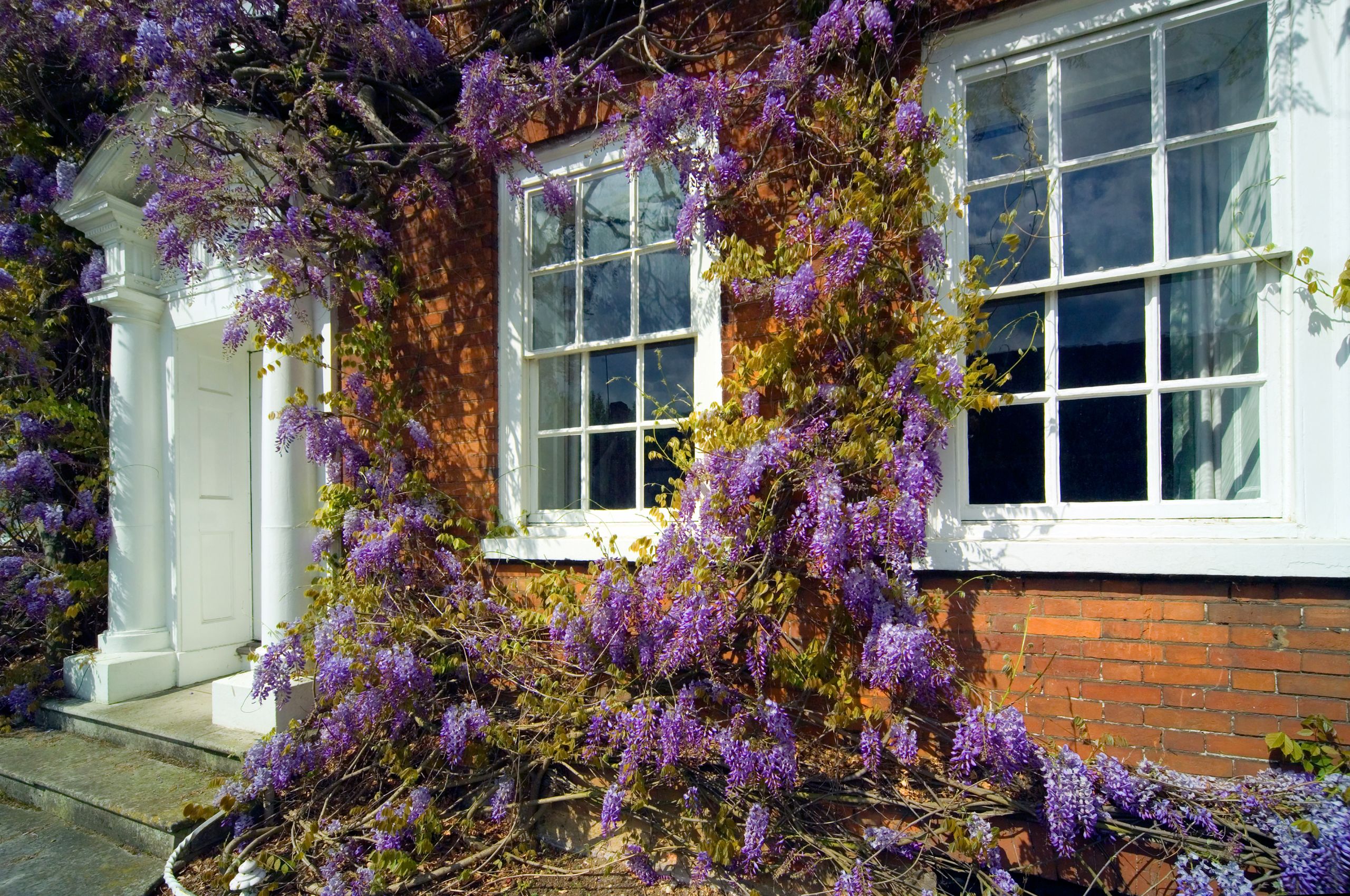
Thick curtains can actually make a huge difference as they can keep the warm air in. Leave your curtains open in the day to get the benefits of the sun’s warmth but close them in the evening to keep the warm air inside your home.
Aiden Johnson-Hugill

Before and after
@glyn_derwen_house
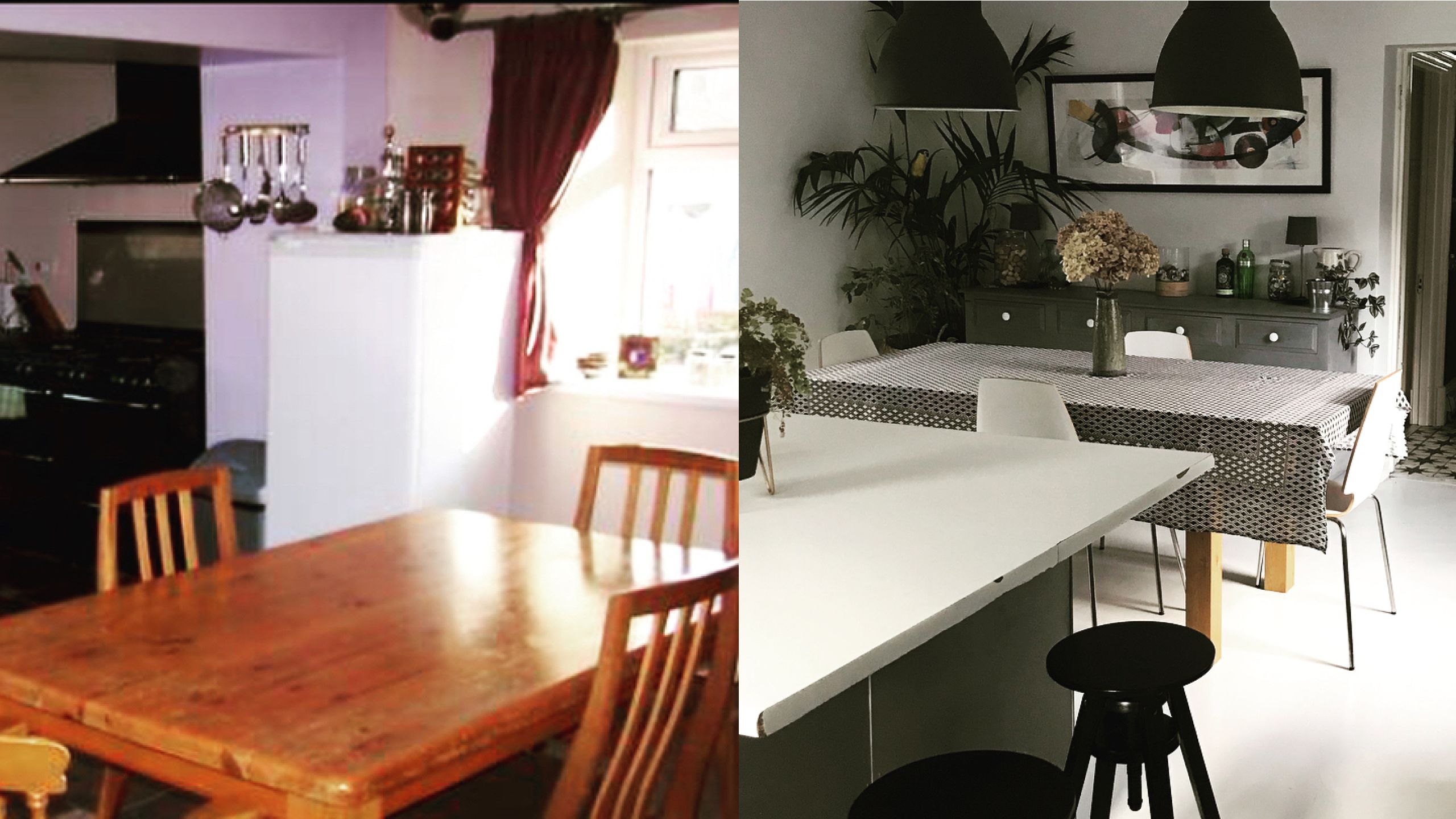
Add insulation
If you’ve gone through all the above and are still looking for more, you could think about adding insulation to the walls or other elements of your home.
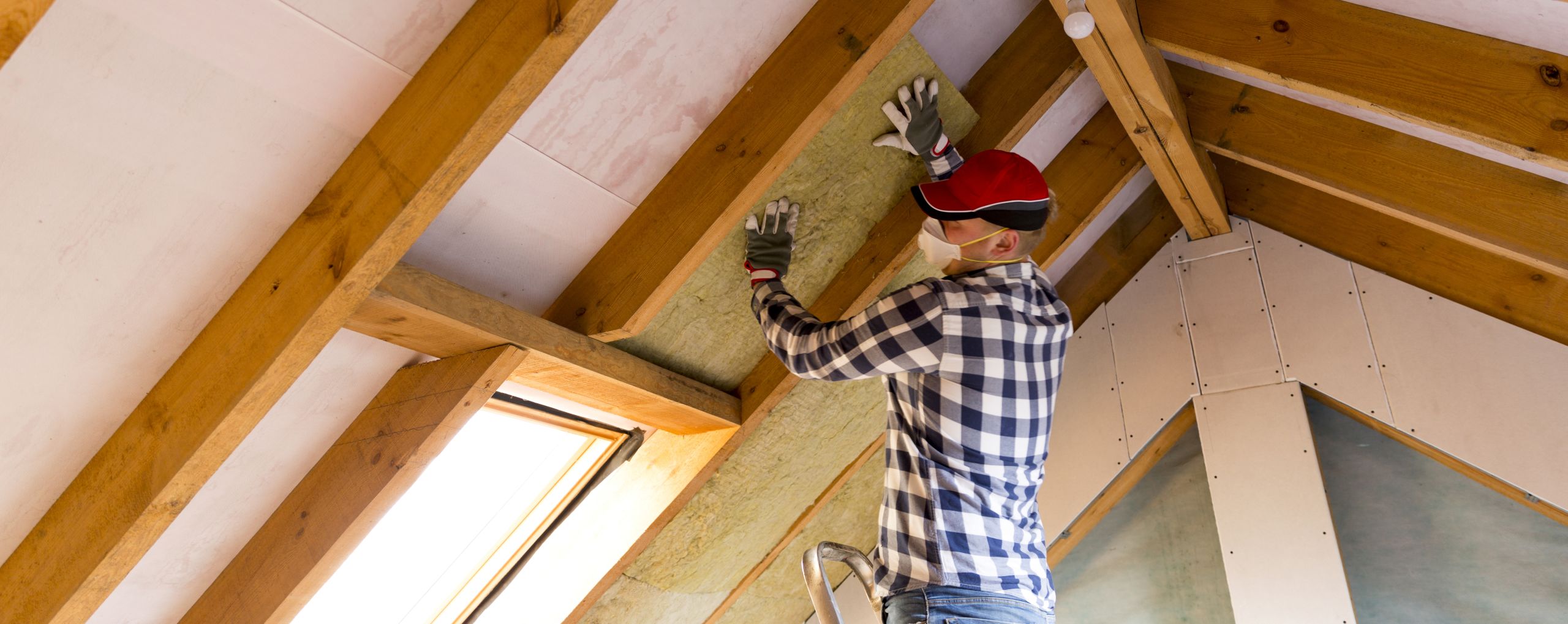
Contact a specialist to find out if it’s suitable for your home as external wall insulation and cavity wall filling isn’t always, particularly where a house is exposed.
Internal wall insulation is especially challenging and needs to be done very carefully (or avoided altogether), but make sure ventilation and moisture movement is considered first.
Renewable energy and storage

Once you’ve reduced the amount of energy you’re using, you might want to think about generating some power. Again, this is something you should seek specialist advice about, since there are several options that broadly generate either heat or electricity.
Whichever is right for you, make sure you’re getting both renewable generation and a means to store the power you generate so you can use it when you want to.
Energy efficient home improvements and insurance
If you plan to carry out any work to improve your home and make it more energy efficient, please tell us before you start – not doing this may invalidate your home insurance. Smaller changes may not affect your insurance, but contact us if you’re in doubt.
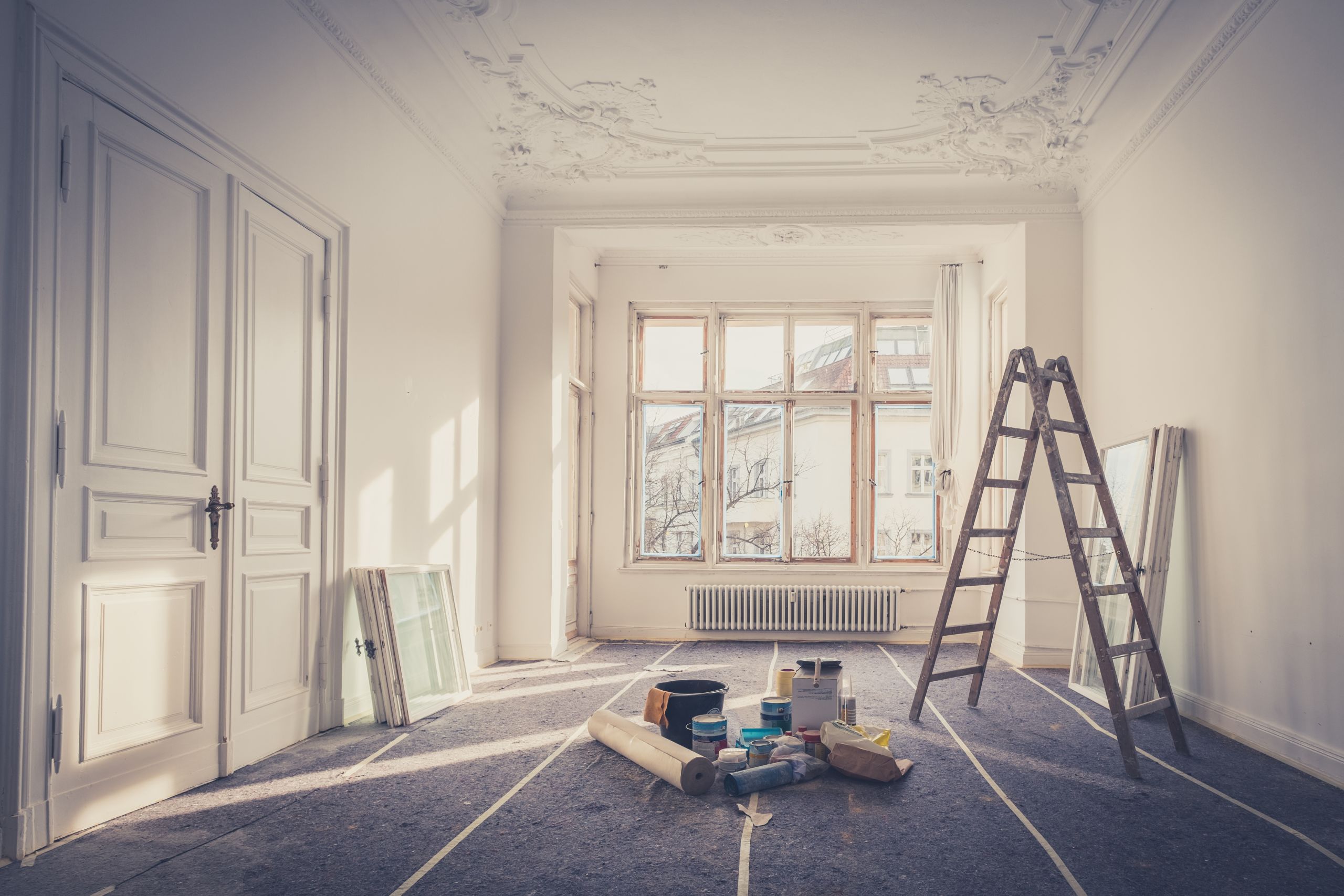
Even if you don’t have a lot of cash, there are many small, incremental changes you can make that can reduce your carbon footprint, reduce your utility bills, and help you feel more comfortable in your home.
Aiden Johnson-Hugill

Our experts
Aiden Johnson-Hugill is a Project Director at Grenadier, where he manages sustainable property developments in the South West region. This includes the selection of development land, obtaining planning permission and managing the development process through to final sale or letting.
Aiden has worked for a range of organisations both in the UK and overseas. He is a Professional member of the Royal Institution of Chartered Surveyors.
Aiden has over 20 years of experience in the property development industry and brings a wealth of experience with him to Grenadier. Most recently, Aiden has been tasked with transforming the historic former girls’ school in Exeter, St Margaret’s Residences, into energy efficient homes. These Grade II and Grade II* listed buildings will challenge the myth that historic homes can’t compete with new builds.
Aiden is also overseeing the development of a new not-for-profit beachfront development in Exmouth which will become a Watersports centre.

Aiden Johnson-Hugill
Aiden Johnson-Hugill
Andy Sutton is a chartered architect and past president of the RSAW. He was worked delivering low/zero carbon schemes for nearly 25 years, both in private practice and with the BRE for a decade. During his career he led the design & construction of a number of multi-award winning and published schemes, including the Barratt Green House (Code 6 true zero carbon), the Maes-yr-Onn farm house (off grid), and the Cwmbach Retrofit for the Future (first residential solar transpired collector).
Andy also conceived and delivered the LENDERS project that has subsequently been specifically adopted as UK Government policy in the “Clean Growth Strategy”, and created the ongoing BRE HomeWorks project before leaving to help establish Sero Homes & Sero Energy. His work includes links with the European Green Mortgage project (EeMAP) and he chairs the sub-group on finance for the Decarbonisation of Existing Homes independent advisory panel to Welsh Government.
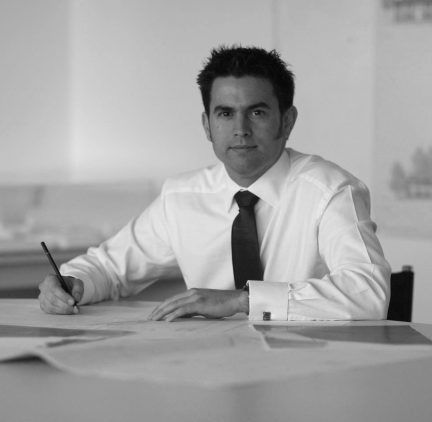
Andy Sutton
Andy Sutton

